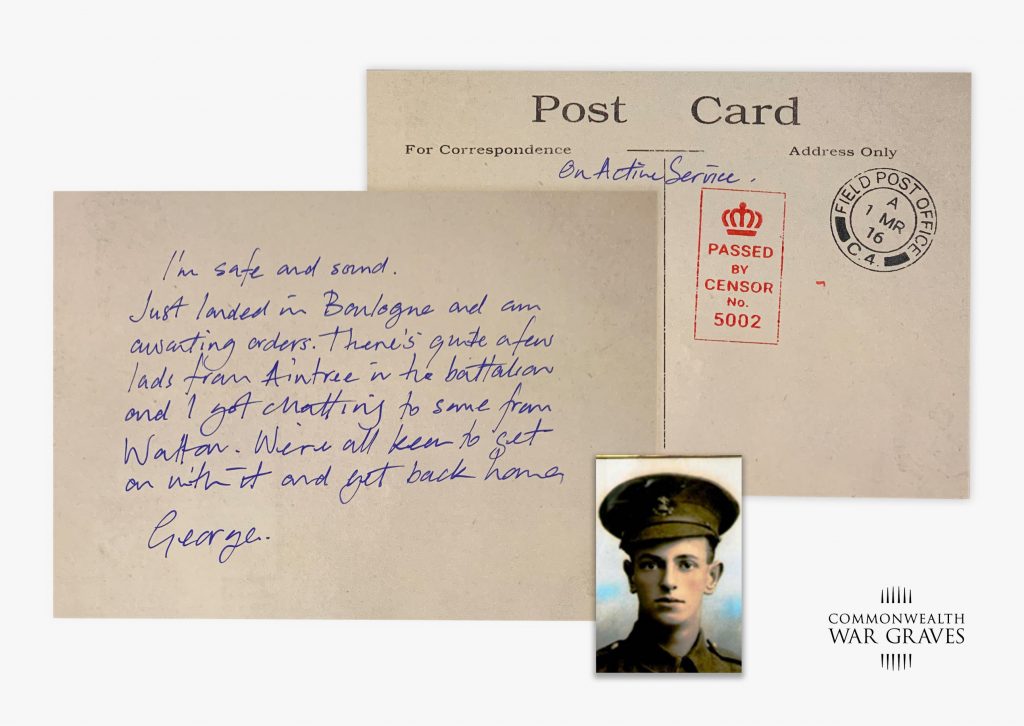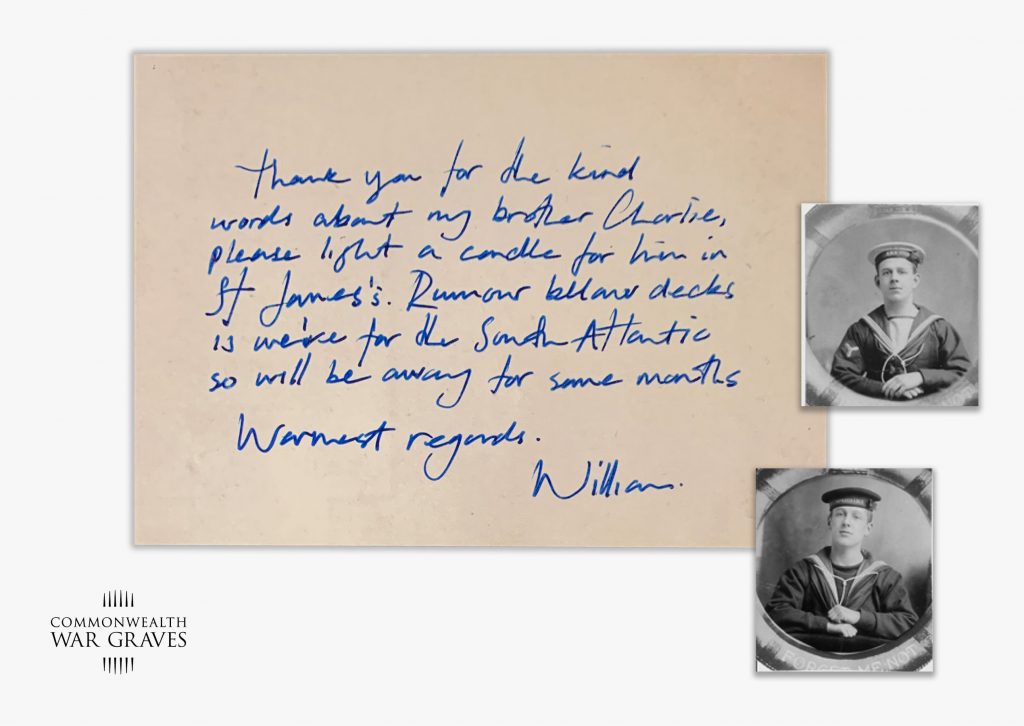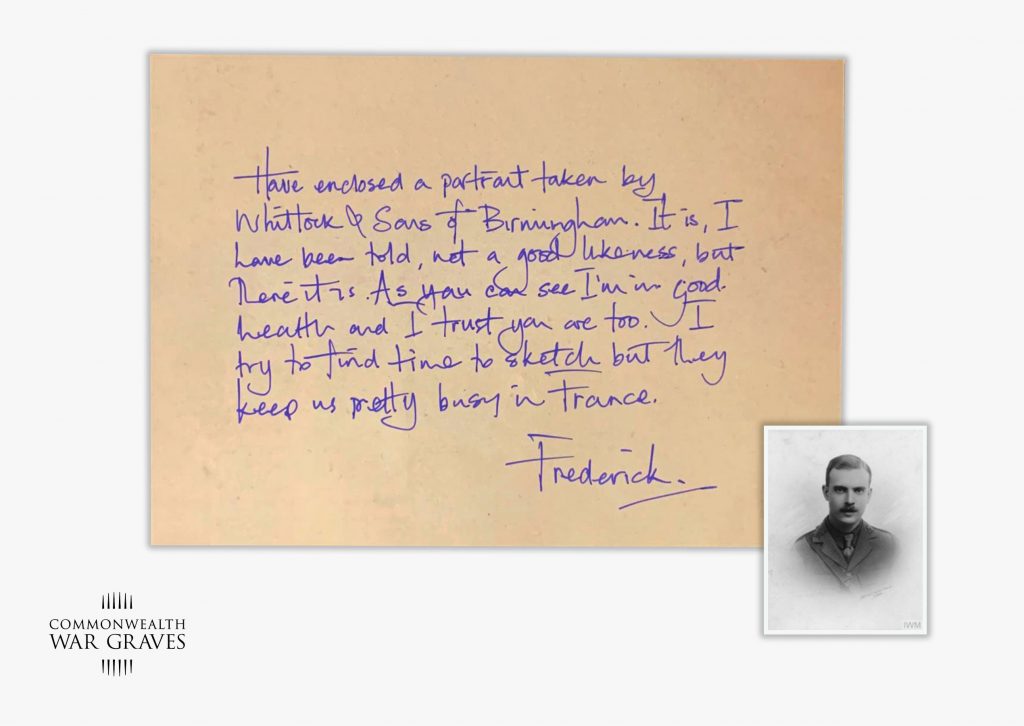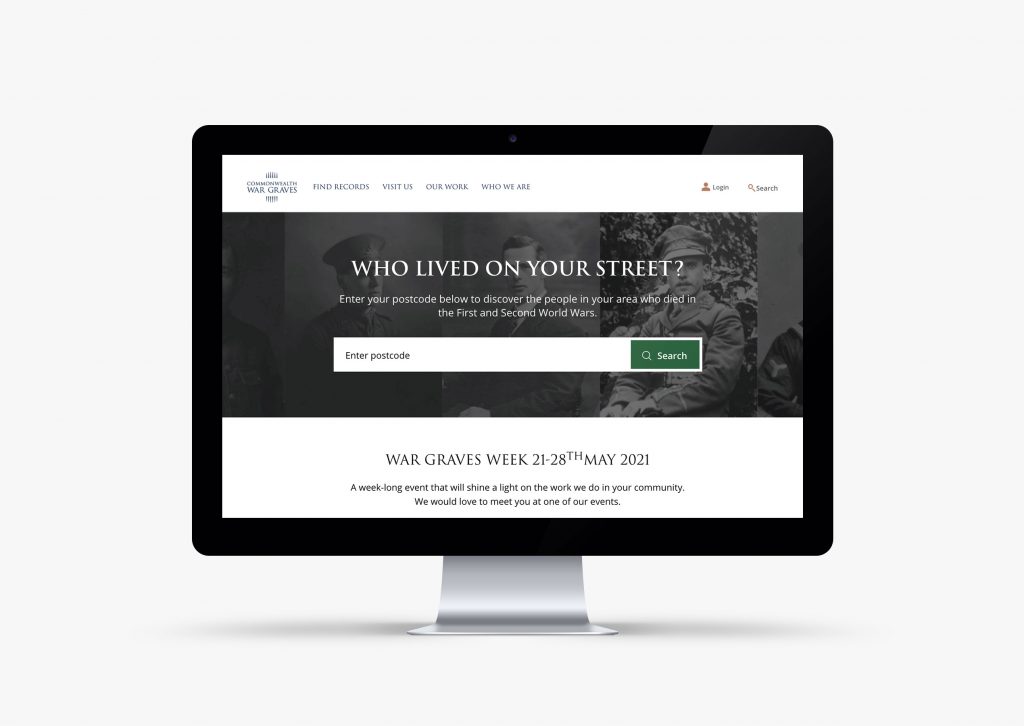The Commonwealth War Graves Commission (CWGC) is launching a new campaign inviting people to find out about the individuals in their local area who died in the two World Wars. The push, which was developed in partnership with M&C Saatchi, is launching ahead of War Graves Week (21st – 28th May).

To mark War Graves Week, a national week of awareness to highlight the CWGC’s work both in Great Britain and globally, the campaign centres on a new online tool, also created by M&C Saatchi, which enables people to search by postcode to discover those who lived in their area who died in the First and Second World Wars.
The service allows people to calculate the nearest casualty to their postcode, displaying it in Google Street View, creating an immediate, personal, local connection to the past.
Users can click through to learn more about the individuals, and download, print and display a commemorative tribute in their windows for War Graves Week.
Building the service presented a huge technical challenge for M&KE, M&C Saatchi’s creative technology team. Many of the 1.7m people commemorated by the CWGC don’t have accurate address data, and none of them had postcode information. To overcome this, the team had to create a duplicate database, cleaning address data and querying Google Maps over half a million times to establish postcodes they could convert to exact latitude and longitude, to pin to the front of buildings (many of which no longer exist) in Street View.

In order to generate word-of-mouth and maximise engagement across key locations for the launch of the tool, the CWGC and M&C Saatchi are also sending out 24 postcards from people who died in the First and Second World Wars to the residents of the streets that they used to live on.
Handwritten and with art direction in the style of notes home of the period, the postcards feature 24 casualties, all of whom are buried or commemorated in the local areas where they lived, selected so that the people who live on the streets can pay them a visit.
This is supported by a paid social campaign to drive traffic to the CWGC website, encouraging people to discover ‘who lived on your street?’. The campaign’s geo-targeted media strategy employs localised creative across key locations where War Graves Week events are taking place.
During the week itself, the CWGC will be encouraging people to join digital events livestreamed globally on Facebook, Instagram, Twitter and the organisation’s own intranet. It will also invite people to visit the seven CWGC locations where events will take place each day during War Graves Week: Brookwood, Runnymede, Cambridge, Plymouth, Cardiff, Edinburgh and Harrogate.

Liz Woodfield, Director of Information and Communication at the CWGC, said: “The aim of this campaign is to establish War Graves Week as an annual event highlighting the stories of the people we commemorate in their local communities. We want to create a connection with the CWGC amongst a generation who may not already be aware of us, by rooting our work in the communities where we operate. We would invite anyone and everyone who might be curious to go online and find out more about those who lived on their street and died in the two World Wars.”
Curtis Brittles, Senior Creative, M&C Saatchi, added: “As the years go by, our connection to the past recedes, but by revealing those undiscovered connections to our personal and local history, we can stir curiosity in a whole new audience. Our campaign uses a combination of cutting-edge technology and good old snail mail to bring the people who used to live on your street, back to your street.”
Source: M&C Saatchi



You must be logged in to post a comment Login